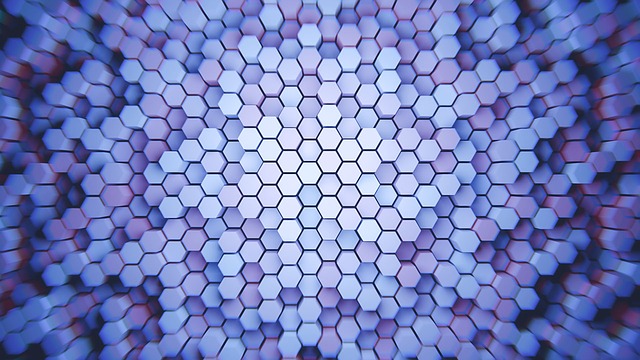
Graphene has been heralded as a ‘wonder material’ because of its extraordinary features that hold the potential to revolutionize different fields and industries including electronics, transportation, medicine, energy storage and water purification. The material is the 2-atom thick 2D form of carbon. It’s super-strong, super-conductive and super-flexible. It’s also impenetrable, and even has self-healing properties too.
A number of weeks back, researchers at the RMIT University in Melbourne, Australia reported how they were able to use graphene in supercapacitors, boosting storage capacity by 3000%.
This time, a research team at EPFL’s Laboratory of Photonics and Quantum Measurements in Switzerland is reporting that they have found another use for graphene. And it’s for something that scientists all over the world have been scrambling to build — quantum computers.
Just like graphene is being hailed as a wonder-material, quantum computers are being hailed as the computers of the future. And it was really only a matter of time before graphene was thought of as being instrumental in finally bringing quantum computers to life.
The phenomenal computational power of quantum computers stems from its use of qubits (short for quantum bits). Compared with bits used in traditional computers that can only represent either 0 or 1, qubits can represent either 0 or 1, or 0 and 1 at the same time through its special ability known as superpositioning — being able to be in two states at once. The challenge with qubits is that they need to be created in extremely controlled conditions, and one of those conditions is an extremely low temperature.
As described in the paper published in the journal npj 2D Materials and Applications, the team involved in the research used graphene to construct a quantum capacitor that could generate qubits that aren’t just stable, but are also resistant to electromagnetic interference and changes in their surroundings.
The capacitor designed by the EPFL team is made up of boron nitride (an insulating material that’s heat and chemical-resistant) sandwiched between two graphene sheets. Graphene’s special properties enable this sandwich structure to generate a nonlinear charge, meaning, it produces voltage that isn’t proportional to the incoming charge. Along with cryogenic conditions, generation of nonlinear charge also happens to be essential for qubits creation.
This graphene-based quantum capacitor is not just relatively easy to make. It’s also less sensitive to electromagnetic interference. And most importantly, it has the potential to produce stable qubits. Which means we might finally be getting closer to building the world’s first practical and fully functional quantum computer, a technological breakthrough that will change the world in some certainly unimaginable ways.
Disclaimer: This page contains affiliate links. If you choose to make a purchase after clicking a link, we may receive a commission at no additional cost to you. Thank you for your support!




Leave a Reply